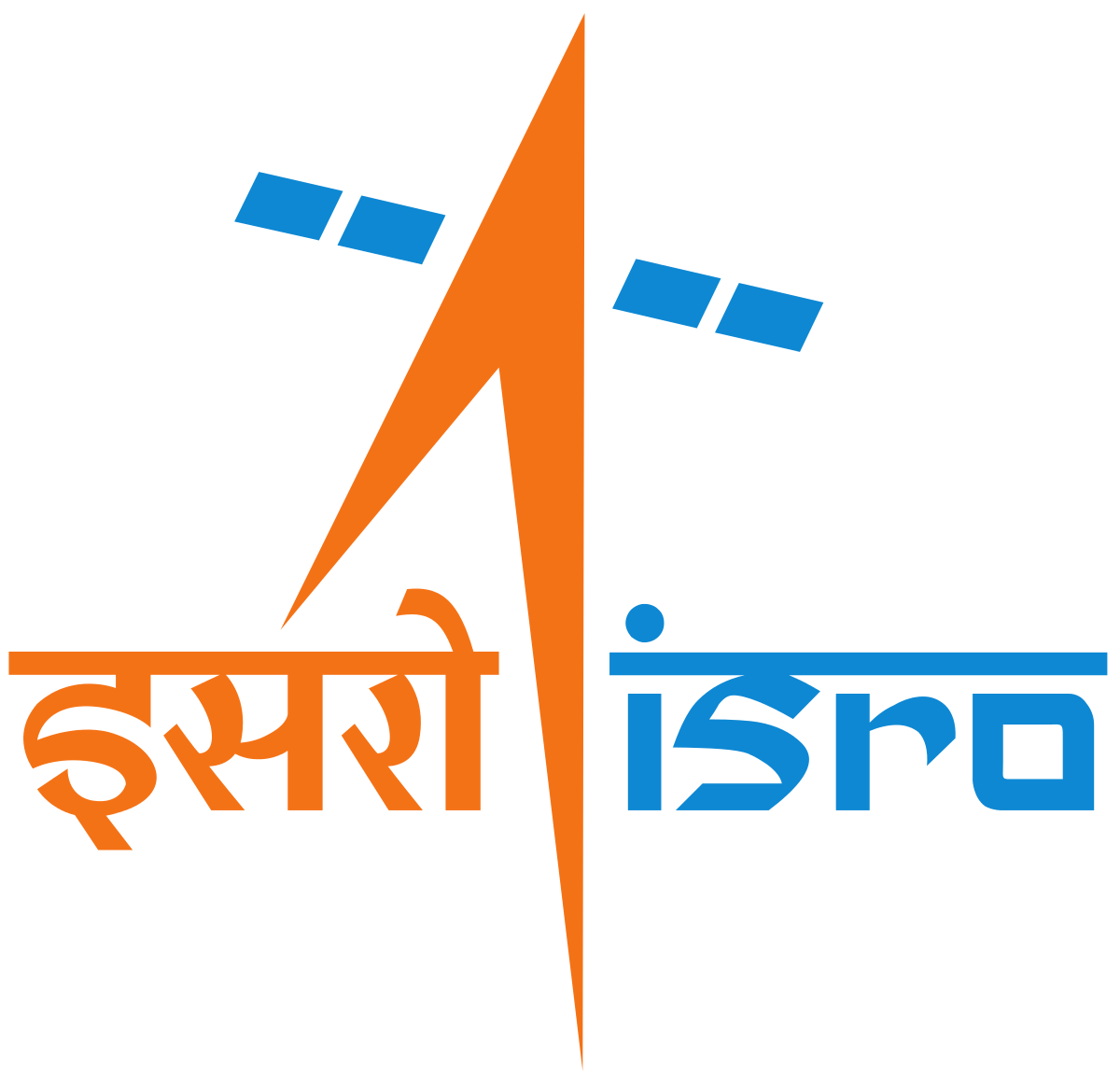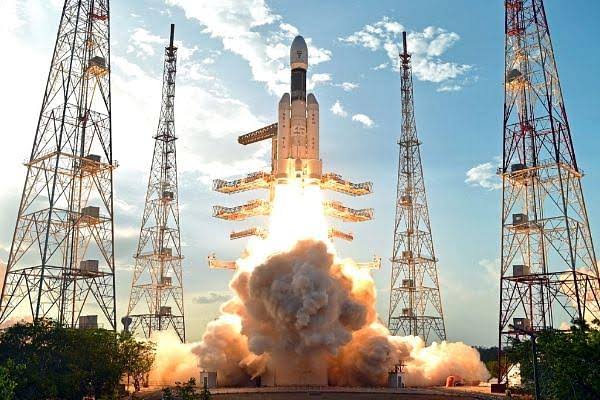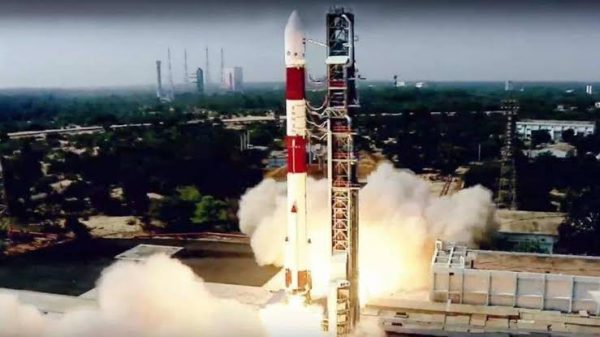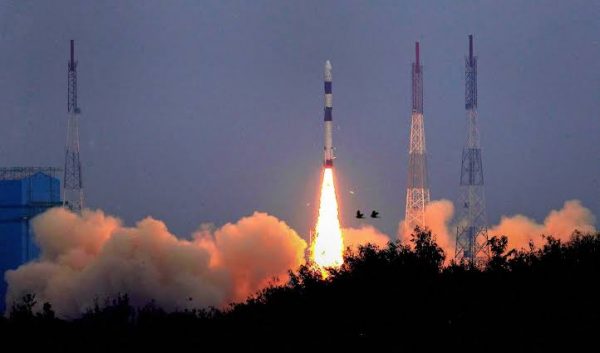ISRO Is Launching The Earth Observation Satellite EOS-03 On August 12-Exclusive

Recently ISRO has shared on Twitter a picture of launching the Earth Observation satellite EOS-03 on August 12 and the “First stage of SLV-F10 on its mobile launch pedestal. Launch on August 12 at 0543 hrs IST”, said ISRO.
#GSLVF10 #EOS03 #ISRO
Isro will blast off the Earth observation satellite onboard GSLV on August 12. Geosynchronous Satellite Launch Vehicle-F10 (GSLV-F10) will launch earth observation satellite, EOS-03 from the Second Launch Pad of Satish Dhawan Space Centre (SDSC) SHAR, Sriharikota on 12 August.
The Bengaluru-headquartered Indian Space Research Organisation said, “The launch is tentatively scheduled at 0543 hrs IST on August 12, 2021, subject to weather conditions.”
First stage of GSLV-F10 on its mobile launch pedestal.
Launch on August 12 at 0543 hrs IST#GSLVF10 #EOS03 #ISRO pic.twitter.com/Q1VsPNX43l
— ISRO (@isro) August 6, 2021
EOS-03 is prepared to reflect the whole country four-five times daily.EOS-03 is a state-of-the-art agile satellite that will be placed in a Geosynchronous Transfer Orbit by GSLV-F10, it said.
EOS-03 would stimulate near real-time monitoring of natural disasters like floods and cyclones. In extension to natural disasters, EOS-03 would also facilitate the monitoring of water bodies, crops, vegetation conditions, and forest cover changes. It will enable monitoring of natural disasters, water bodies, crops, forest cover changes, etc.
Thereafter, the satellite will reach the final geostationary orbit using its onboard momentum system. A four-meter diameter Ogive-shaped load fairing is being flown for the first time in this GSLV flight. This is the fourteenth flight of GSLV, it was stated.

The Indian Space Research Organisation (ISRO) will launch an Earth Observation Satellite on August 12 from the Satish Dhawan Space Centre, SHAR, at Sriharikota. The launch has been scheduled for 5.43 a.m.
The satellite, EOS-03, will be held up onboard the 14th flight of the GSLV, the GSLV-F10, and will place the satellite in a Geosynchronous Transfer Orbit. The satellite will reach the final geostationary orbit using its onboard momentum system, ISRO explained.

The EOS-03 is a state-of-the-art agile satellite that would enable real-time monitoring of natural disasters such as floods and cyclones, monitoring of water bodies, crops, vegetation condition, forest cover changes among others.
Union Minister of State for the Department of Space, Jitendra Singh, recently informed the Rajya Sabha that EOS-03 is capable of imaging the whole country four to five times every day.
This will only be the second launch for ISRO in 2021 as work has been hit by the COVID-19 restrictions. In February this year, the space agency launched Brazil’s earth observation satellite Amazonia-1 along with 18 other co-passenger satellites onboard the PSLV C-51.

What is ISRO? What do you know about ISRO?: All you need to know.
The Indian Space Research Organisation is the national space agency of India, headquartered in Bengaluru. It regulates under the Department of Space (DOS) which is promptly overseen by the Prime Minister of India, while the Chairman of ISRO acts as the executive of DOS as well.
ISRO is the main agency in India to perform tasks related to space-based applications, space exploration, and the development of related technologies. It is one of six government space agencies in the world that possess full launch capabilities, deploy cryogenic engines, launch extraterrestrial missions and operate large fleets of artificial satellites.
The Indian National Committee for Space Research (INCOSPAR) was founded by Jawaharlal Nehru under the Department of Atomic Energy (DAE) in 1962, on the urging of scientist Vikram Sarabhai recognizing the need in space research.
ISRO built India’s first satellite, Aryabhata, which was launched by the Soviet Union on 19 April 1975. ISRO was the world’s first space agency to find water on the moon.










